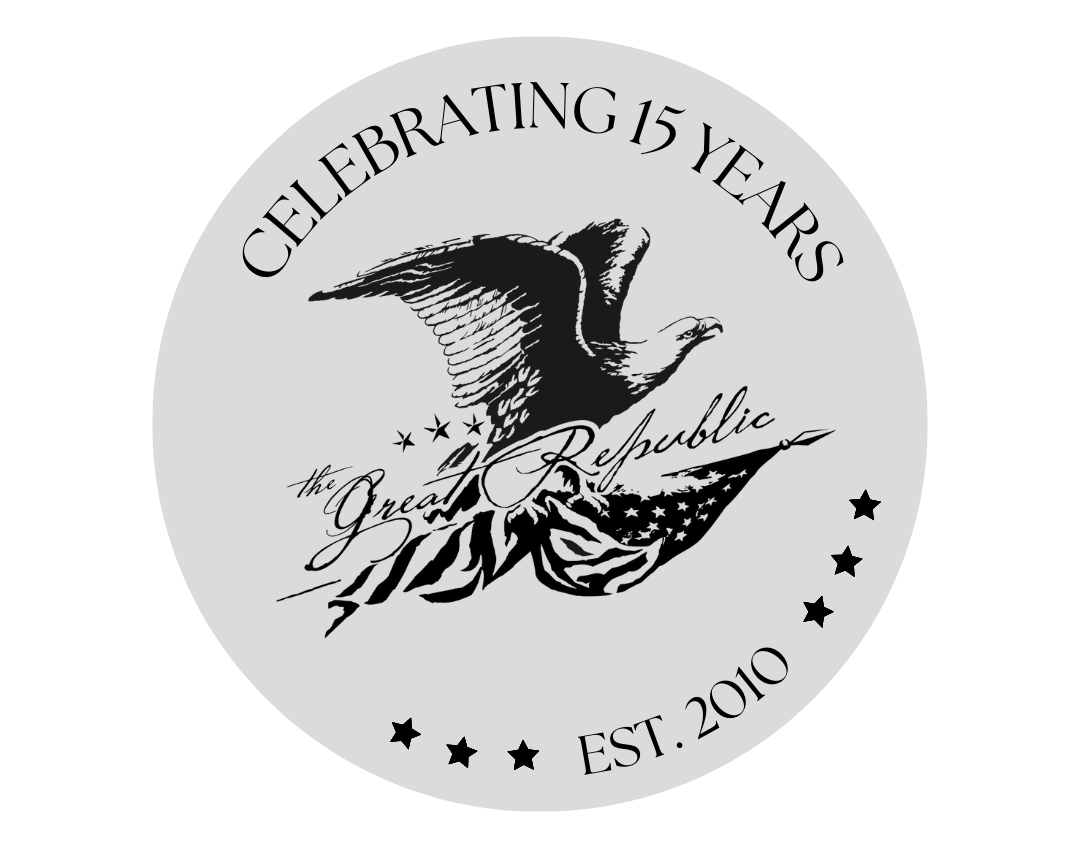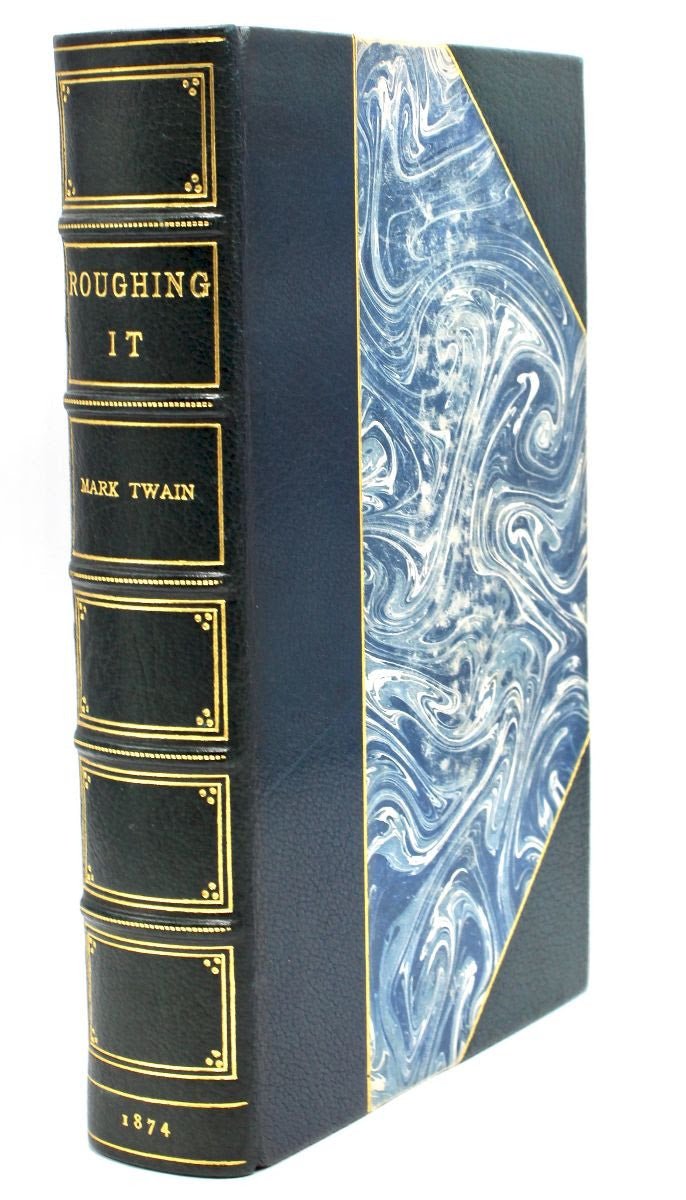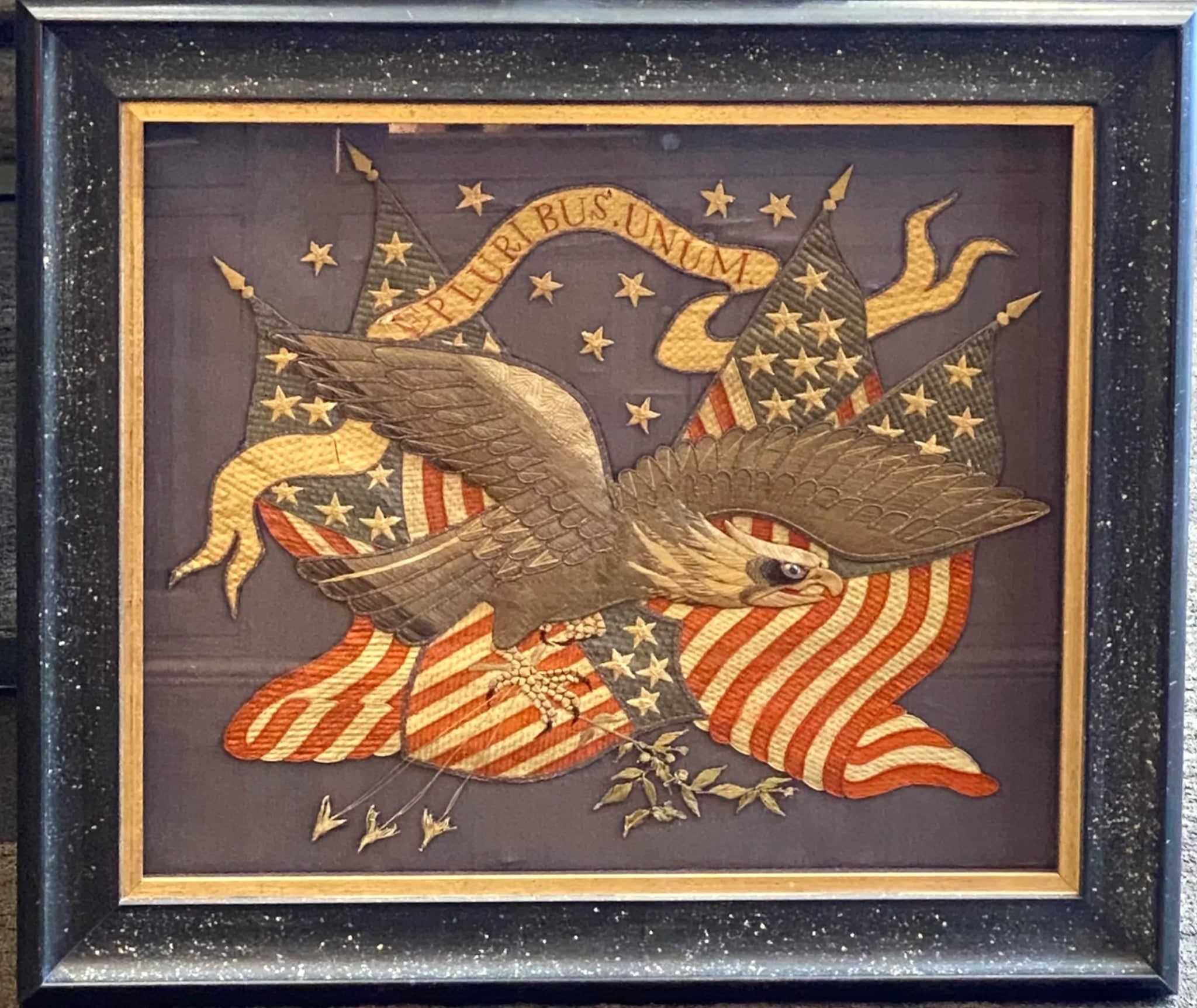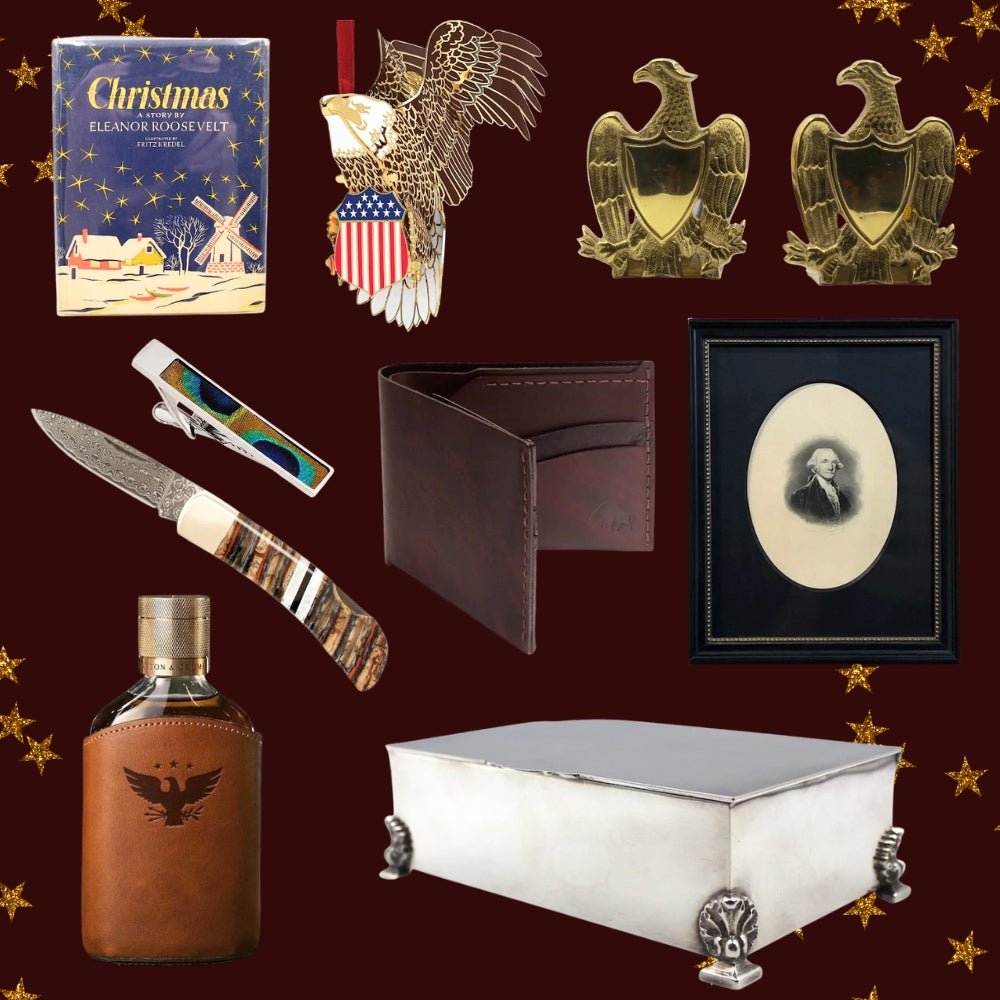New Arrivals: Remington-inspired bronzes
Frederic Remington (1861-1909) achieved considerable success as America’s leading illustrator of life on the western frontier. His career took off in the mid-1880s when he began making western illustrations for Harper's Weekly and many other widely read New York magazines. Remington traveled West repeatedly and greatly admired the rough and intrepid cowboys and soldiers he met there.
In 1903, due to his supreme success, Remington signed an exclusive contract with Collier's that allowed him to paint twelve pictures a year, of whatever subjects he chose. Each painting was replicated as a full-color illustration in Colliers. “For these canvases, he frequently hearkened back to his love of the Southwest” (Hasrick). Paintings from that time are evidence of Remington’s thematic devotion to the Southwest region and its history.
Our new bronze entitled Unknown Explorers, by 20th century artist Roy Harris, is based on Remington’s 1908 oil-on-canvas painting of the same title. The bronze depicts two explorers, mounted on horses, riding up a rocky trail. This bronze captures the intrepid spirit of early explorers of the Southwest.
In his later years, Remington turned to sculpture. He created 22 stunning, energetic bronzes, most of which were created using both sand-casting and the lost-wax method of casting. Some of Remington’s bronzes were inspired by motifs developed in his paintings and illustrations; others were innovative and complex multi-figure compositions. His talent for sculpture was matched by his technical prowess and exploration, notably seen in his textural detail and innovative patinas.

Another new bronze in the shop, Double Trouble, is a licensed reproduction of one of only twenty two bronze sculptures Remington created during his lifetime. The bronze depicts a mounted cowboy encountering an angry bear. With his rifle aimed and ready, the tense standoff between man and grizzly bear is captured fully in the round.
Remington’s bronzes have a profound sense of storytelling, resulting in some of the finest American bronzes of the time. It is no surprise Remington’s bronzes continue to inspire the next generation of Western artists and sculptors.







